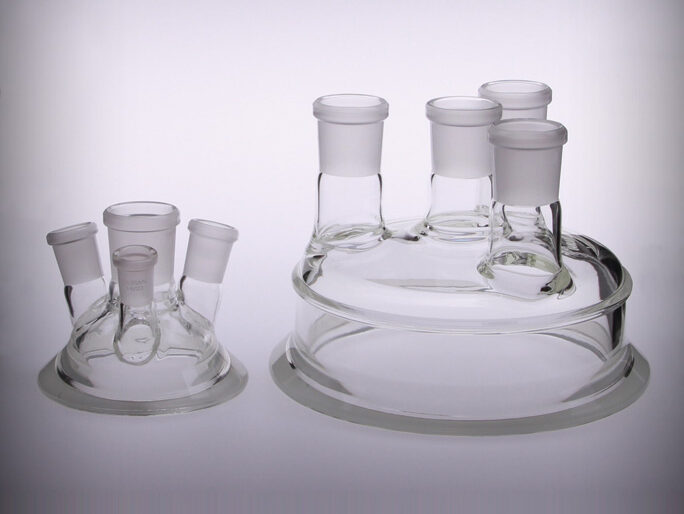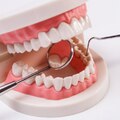How to produce laboratory glassware?
How to produce laboratory glassware?
Producing laboratory glassware involves a specialized manufacturing process to ensure the glassware meets the stringent requirements of scientific research and experimentation. Here's an overview of the steps involved in producing laboratory glassware:
1. Material Selection:
Laboratory glassware is typically made from borosilicate glass, known for its high thermal resistance and chemical stability. Borosilicate glass contains significant amounts of boron oxide, which gives it the desired properties. The choice of glass type depends on the specific application of the glassware.
2. Glass Melting:
The production process starts with melting the chosen glass composition in a high-temperature furnace. Raw materials like silica sand, boron oxide, and other additives are mixed and melted at temperatures exceeding 1,500°C (2,732°F).
3. Glass Forming:
There are various methods for forming laboratory glassware, including:
Blow Molding: A glass tube is heated and blown into a mold to create the desired shape.
Press Molding: Glass is pressed into molds using hydraulic or mechanical pressure.
Drawing: Molten glass is drawn into thin tubes or fibers using specialized equipment.
4. Annealing:
After forming, the glassware undergoes an annealing process. This involves slowly cooling the glass to relieve internal stresses and ensure uniformity in its structure. Annealing prevents glassware from cracking due to temperature changes during use.
5. Cutting and Shaping:
The glassware is cut, shaped, and sized using techniques like cutting, grinding, and polishing. This step is crucial for achieving the final dimensions and smooth surfaces required for laboratory use.
6. Calibration and Quality Control:
Laboratory glassware needs to meet precise measurements. Calibration involves verifying that the glassware's volume or dimensions match specified standards. Rigorous quality control checks are performed to ensure that the glassware meets quality and safety requirements.
7. Surface Treatments:
Some laboratory glassware requires additional treatments, such as etching for volume markings, graduation lines, and identification labels. These markings are often applied using acid etching or laser engraving.
8. Testing:
The glassware is subjected to various tests to ensure its durability, thermal resistance, and chemical compatibility. These tests might involve exposing the glass to extreme temperatures, chemicals, and physical stress to simulate real-world laboratory conditions.
9. Packaging:
Once the glassware passes all quality checks, it is carefully packaged to prevent breakage during transportation. Proper packaging ensures that the glassware reaches its destination intact and ready for laboratory use.
10. Distribution:
The laboratory glassware is distributed to scientific laboratories, educational institutions, research facilities, and other places where precise and reliable glassware is essential for experiments and analyses.
Conclusion:
Producing laboratory glassware is a meticulous process that requires a combination of advanced glassmaking techniques, precision manufacturing, and quality control. The final products serve as essential tools for scientists, researchers, and educators worldwide, enabling them to conduct accurate and reliable experiments and analyses.





